
Never Throw Away These 4 Things at Their Funeral..

When a loved one passes away, grief and confusion often take over. In those moments, families rush to clean, organize, and make practical arrangements. But amid the emotional storm, some of the most precious pieces of that person’s life can be lost forever — not out of neglect, but because people simply don’t realize their importance at the time.
Before you discard or distribute anything, take a moment to pause. Some objects are far more than physical items; they are carriers of memory, emotion, and legacy. Below are four categories of things you should never throw away at a funeral or immediately after a loss — along with reasons why they matter and how to preserve them for generations to come.
1) Personal Letters, Notes, and Cards
What: Handwritten letters, greeting cards, sticky notes, or any written messages from the deceased.
Why keep them:
These items hold the truest reflection of a person’s inner world. Every word, crossed-out sentence, or little doodle reveals their voice, humor, thoughts, and personality. Letters and cards may contain private expressions of love, apologies never spoken aloud, or personal dreams they hoped to share one day.
Reading them later can bring deep comfort, help family members process grief, and serve as a bridge between generations — allowing children and grandchildren to understand the human behind the name. They also offer a unique glimpse into how the person thought and felt in moments of joy, worry, or love.
How to preserve:
Store all written materials in an acid-free envelope or archival box to prevent yellowing. You can also scan or photograph them to create a digital archive that will last forever, even if the originals fade with time.
2) Photographs and Video Recordings
What: Printed photos, albums, home videos, and voice recordings.
Why keep them:
Photographs and videos capture life in its truest form — the smile that came before the laughter, the gesture that words can’t describe, the sound of a familiar voice calling your name. These visual and audio memories are powerful tools for storytelling and healing.
For younger family members, especially children who may not remember the deceased well, these images and sounds are a priceless connection to their roots. They help keep family history alive and make the memory of a loved one feel real and present, not distant or abstract.
How to preserve:
Keep physical photos in a cool, dry, and dark environment, away from direct sunlight. Digitize everything — photos, slides, audio, and videos — and store backups in the cloud or on an external drive. Consider creating a shared online archive where family members can upload, tag, and access memories together.
3) Personal Keepsakes and Jewelry
What: Everyday items or cherished possessions such as a watch, ring, necklace, favorite scarf, pair of glasses, or small memento.
Why keep them:
Personal keepsakes hold emotional energy that connects us to the person who once used or wore them. They serve as physical anchors for remembrance — something to hold onto when the absence feels too heavy.
These items often become family heirlooms, passed down to future generations as symbols of continuity and love. Even the smallest objects — a keychain, a pen, a pair of reading glasses — can evoke powerful emotions, reminding you of daily moments once shared.
How to preserve:
Clean them gently using materials suitable for their type (silver polish for jewelry, soft cloth for fabric items). Store them in a lined or padded box to prevent damage. If you plan to pass them down, clearly document their story and intended recipient, so the sentimental and historical value remains intact.
4) Important Documents and Records
What: Wills, insurance policies, bank details, property deeds, birth and marriage certificates, medical directives, and any other official or personal paperwork the deceased maintained.
Why keep them:
These documents are not just practical — they are essential. They guide how an estate is managed, determine guardianship, and help family members access accounts and close financial matters properly.
Throwing away even “small” papers like old receipts or service agreements can lead to legal complications or delays in settling affairs. Sometimes, these papers also contain clues to forgotten assets, personal letters, or historical information valuable to the family.
How to preserve:
Gather all documents into a secure, clearly labeled folder or fireproof box. Inform the executor or a trusted relative of their location. It’s wise to make certified copies for legal use and consider scanning everything for digital safekeeping.
Final Thoughts — Respect, Memory, and Time
Funerals are emotionally charged events. It’s easy to focus on immediate tasks — flowers, guests, and arrangements — while overlooking small details that hold lasting meaning. Before throwing anything away, take a breath and ask:
“Could this matter later — emotionally, legally, or historically?”
If there’s any doubt, set it aside and label it for review when emotions have settled. Give family members time to decide together what should be kept, shared, or passed down.
Preserving these four categories — letters, photos, keepsakes, and documents — is not just about sentimentality. It’s about protecting your family’s history, identity, and connection. In the quiet moments after loss, these objects become a bridge between the past and the future, keeping love alive in tangible form.
News in the same category


DC Woman Wins Landmark Case After Suing Neighbor Over Overpowering Weed Smell

Bill Gates–Backed Beyond Meat Faces Collapse After Massive Stock Drop

According To This Psychologist, A Dirty Car Can Reveal A Lot About Your Personality

Most drivers don't know the purpose of the car door hook

Most people don't know the meaning of wearing an ankle bracelet

What Clutter and Neglect Might Be Saying

Why the “Good Side” of Your Fence Should Face Your Neighbor

If a Man Doesn’t Appreciate You, Here’s What You Should Do

Baba Vanga’s List Of Predictions For The Next 75 Years Revealed And They’re Seriously Terrifying
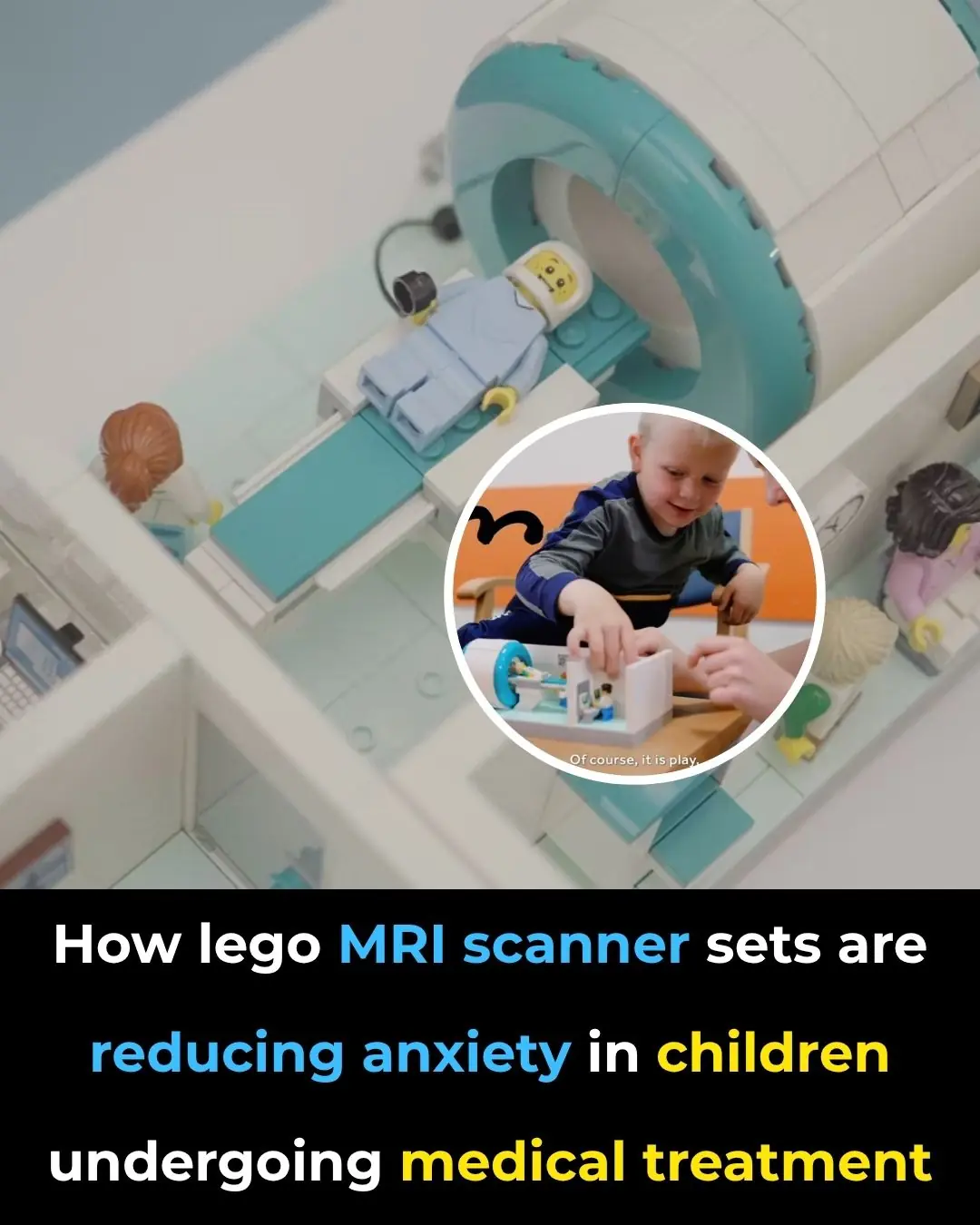
LEGO Builds Confidence in Young Patients Facing MRI Scans

Sweden Becomes the First Nation to Turn Travel Into Medicine — Doctors Can Now ‘Prescribe’ a Trip for Wellness

What Does It Mean When the Departed Visit Our Dreams?

Why We Feel That Little Electric Sh0ck When We Touch Another Person—Science Explains

If a Man Doesn’t Appreciate You, Here’s What You Should Do

When a woman stops loving a man, she begins…

5 hygiene mistakes that many people make... but no one dares to talk about...

What does this gesture mean?

Is Too Much Rice Harming Your Health
News Post

Truth behind K Pop star's bizarre $4.5 quadrillion 'lawsuit' making her richer than Elon Musk

Calls for chess Grandmaster to be permanently banned after he 'harassed' 29-year-old champion weeks before death

American Beautyberry (Callicarpa americana): Benefits and How to Use It

Holding Cloves in Your Mouth: A Natural Way to Relieve Toothache

Everybody Hates Stinging Nettle, But Most People Don’t Know the Power of Its Root
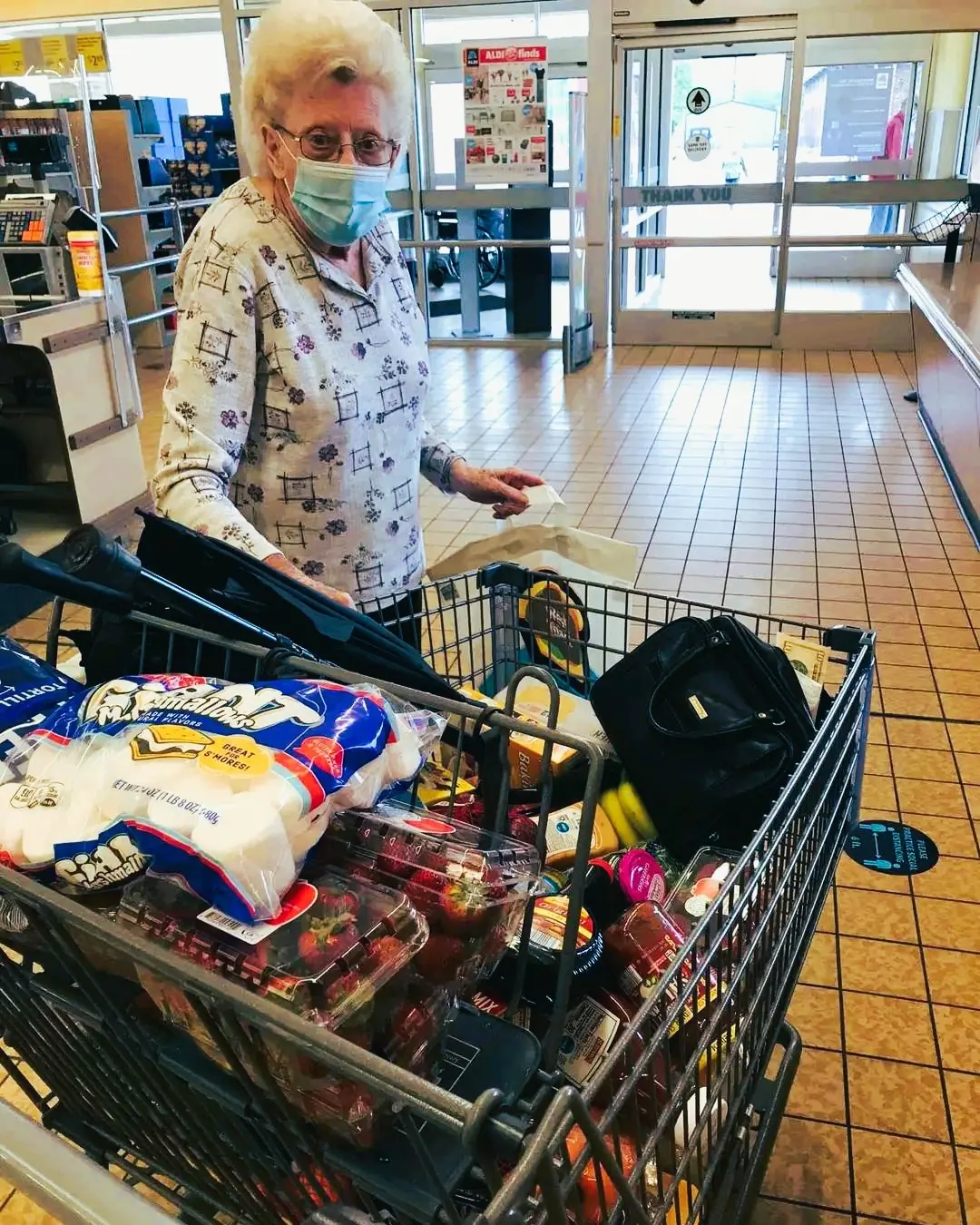
A Grocery Store Encounter That Turned Into Something More
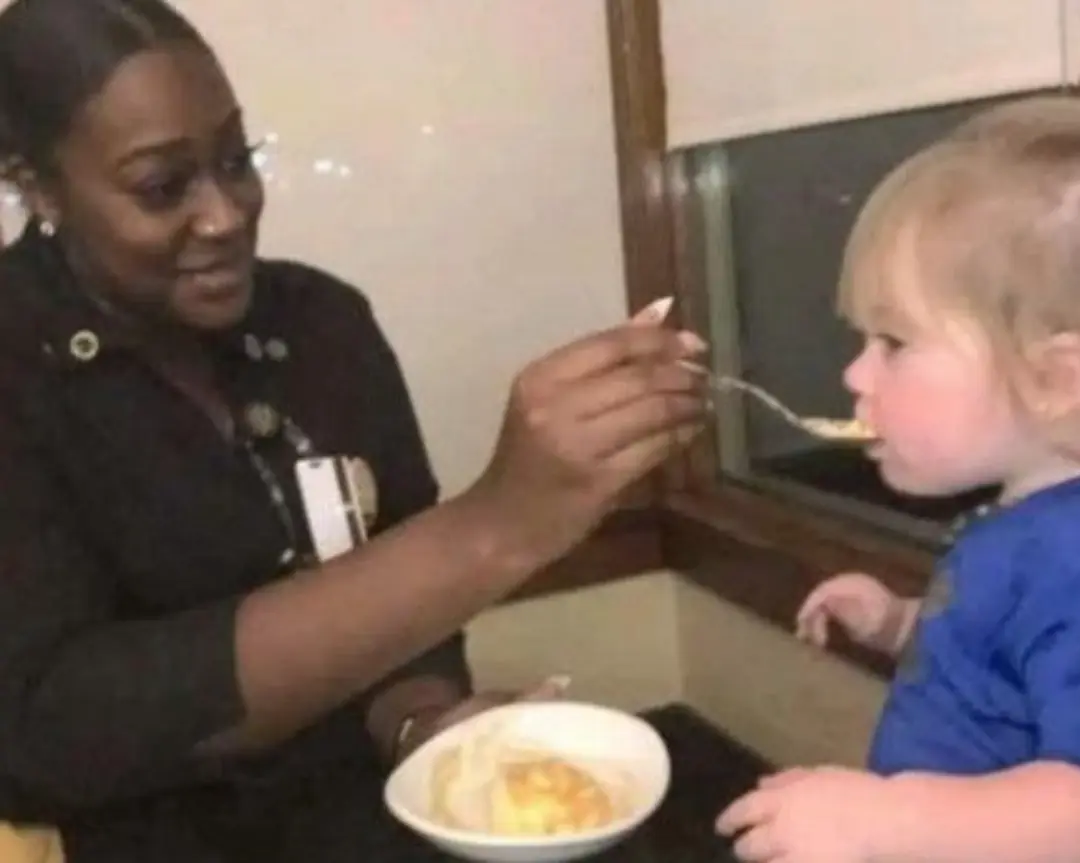
A Waitress Said “No” — And Changed a Mother’s Night Completely
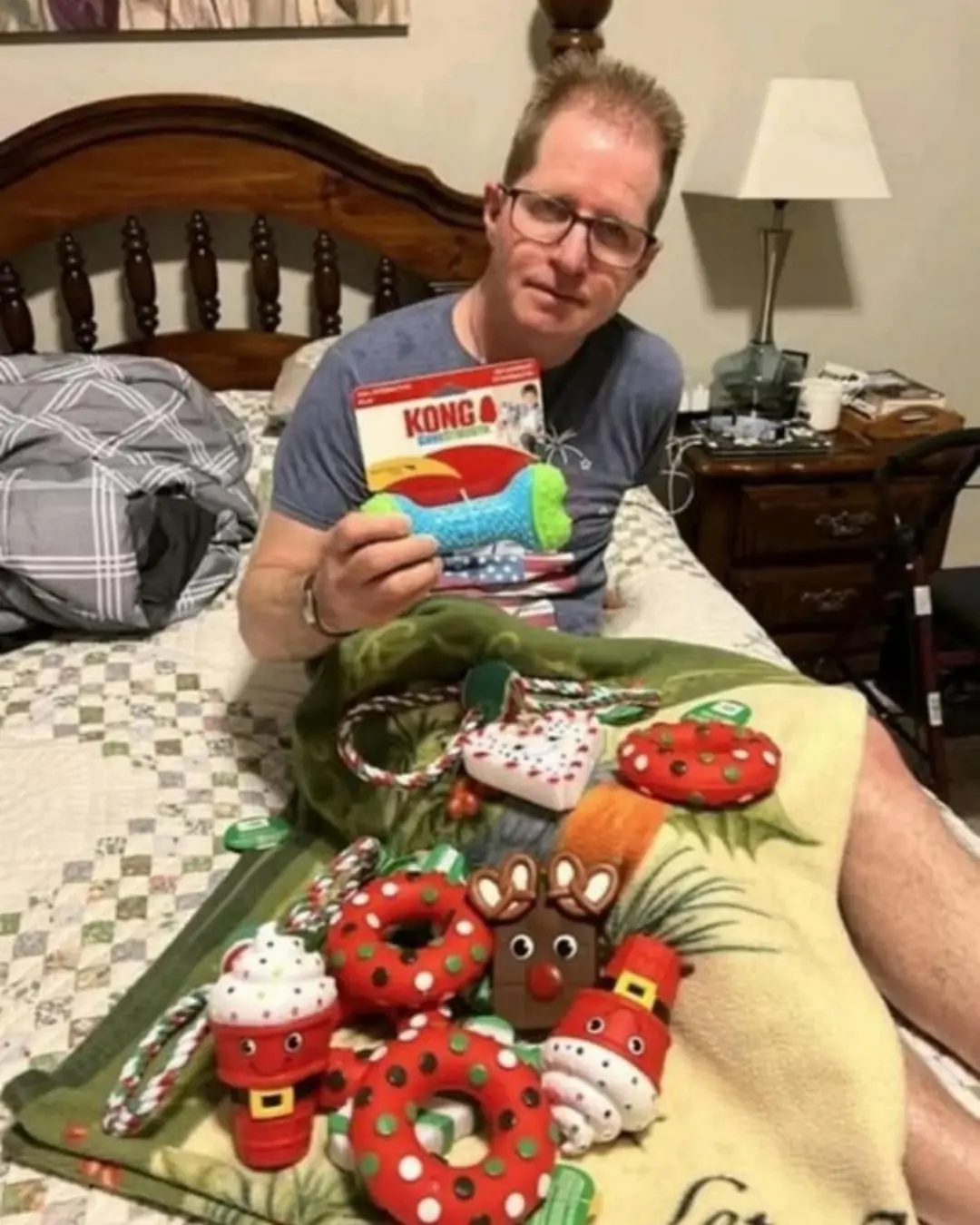
The Secret Santa Who Gives All Year Long — And the Ripple of Kindness He Started
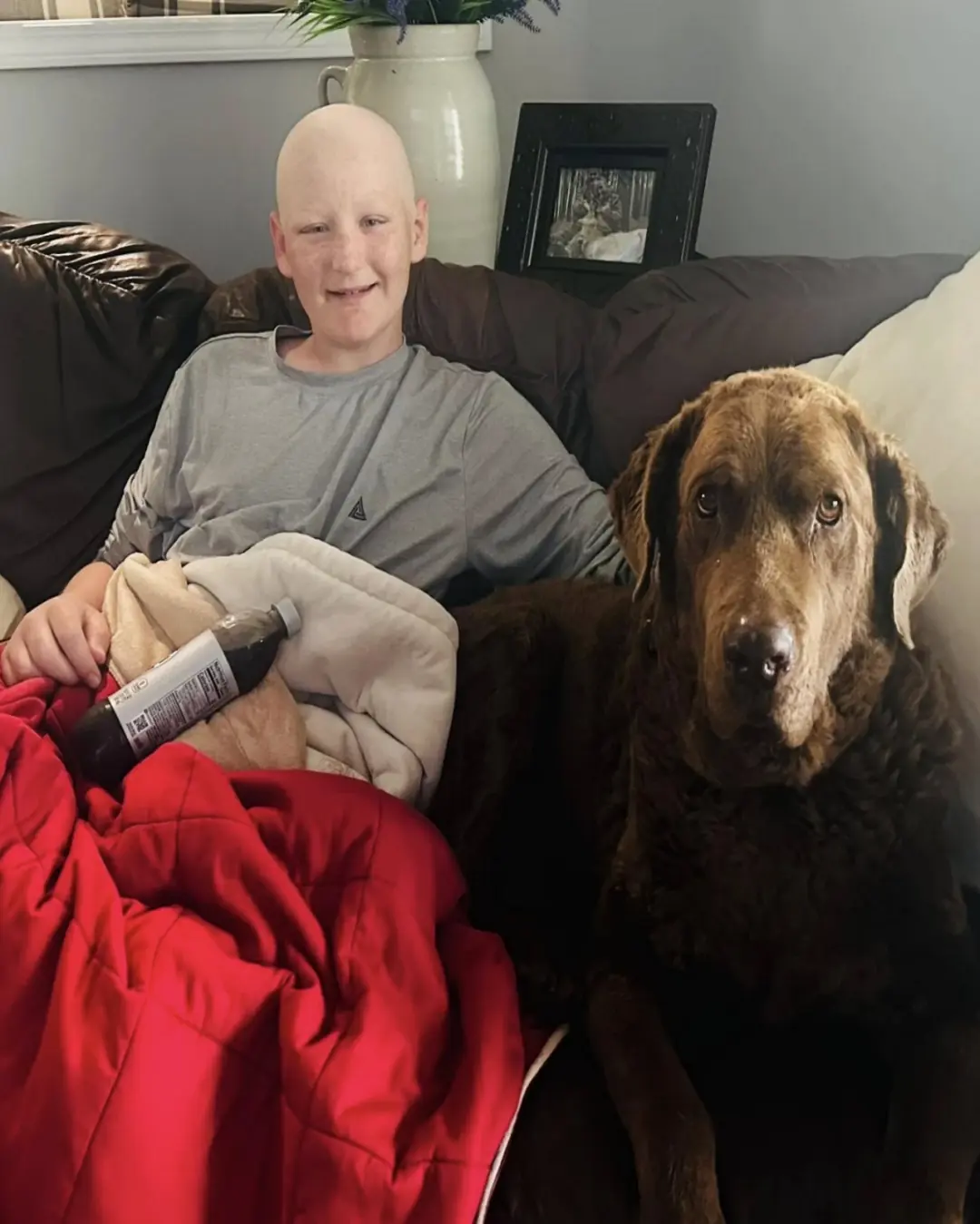
Will’s Best Sunday Ever: A Brave Teen’s Return Home

A Single Gesture That United a Crowd in Emotion
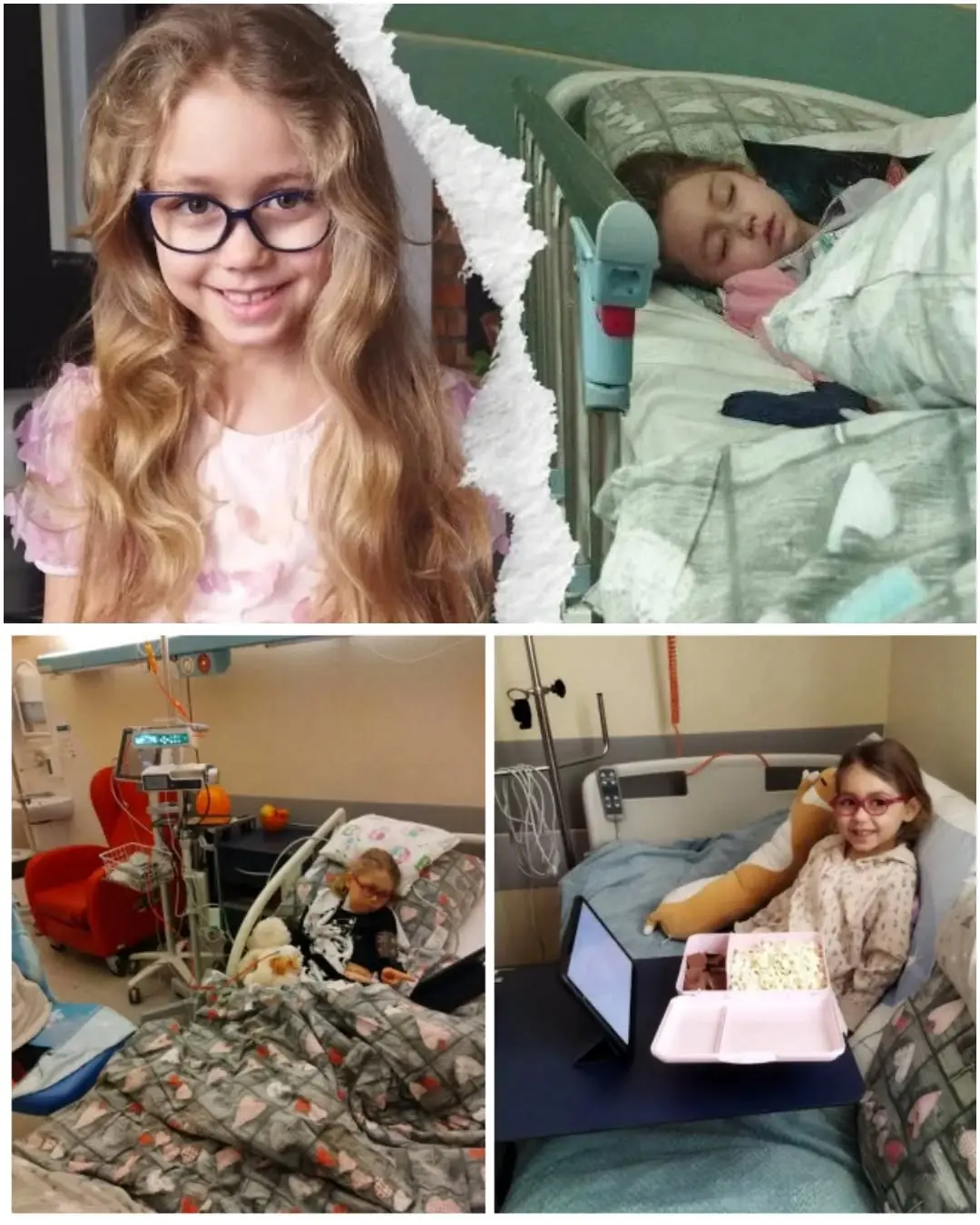
Agatka’s Fight: A Little Girl’s Battle With Severe Aplastic Anemia
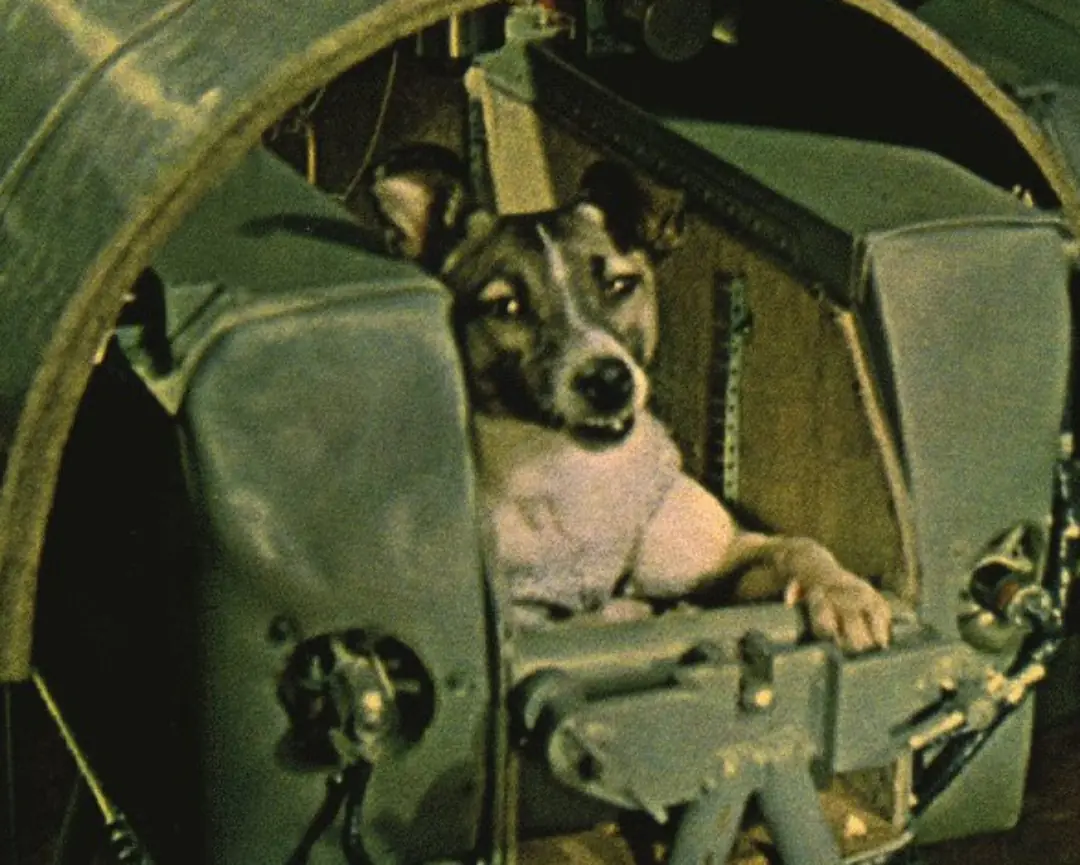
Laika’s Last Journey: The Little Dog Who Touched the Stars
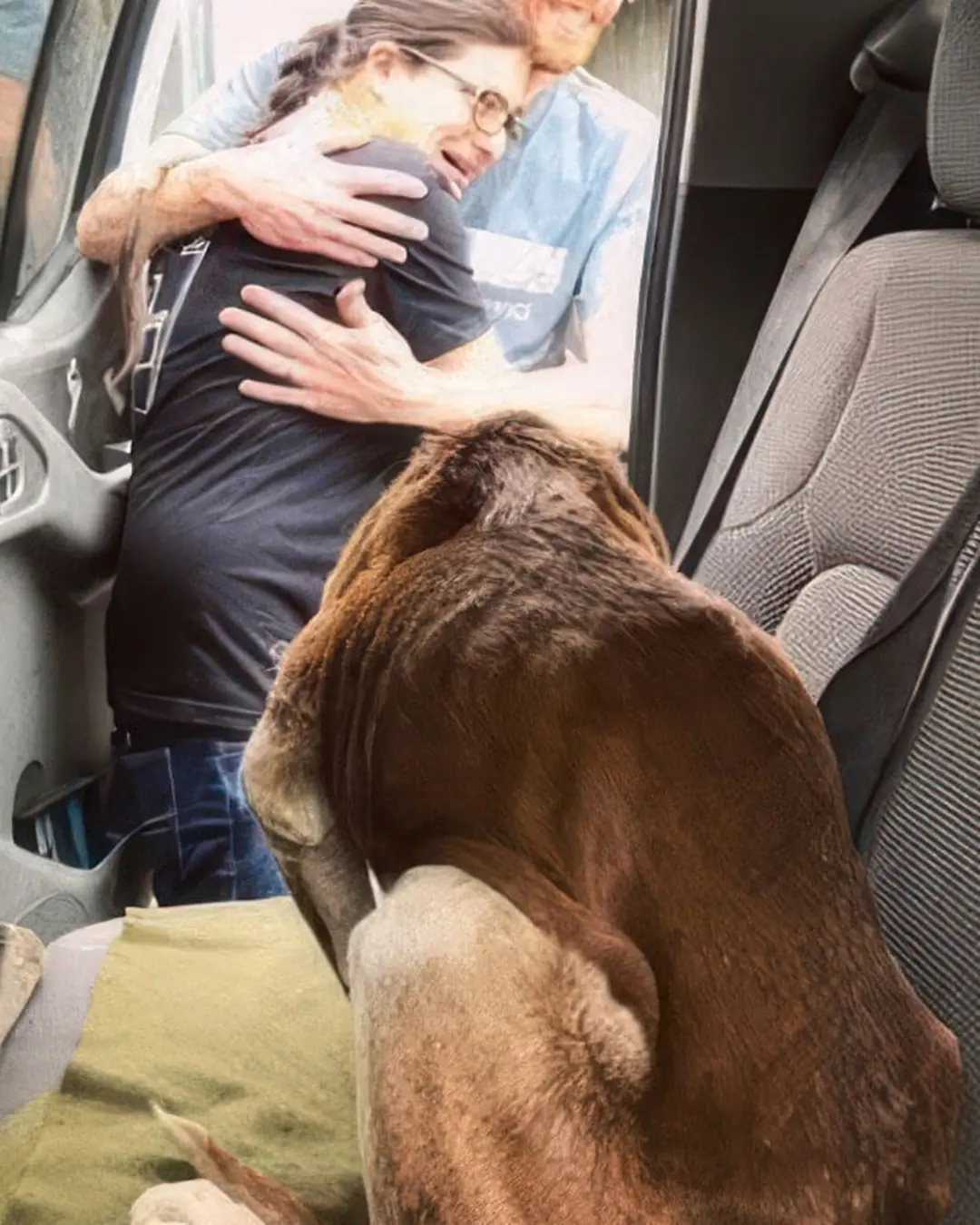
The Long Road Home: Max’s Journey Back to Love.

A Small Act of Kindness in Athens.

From the Cold Rain to a Warm Home.

Wild Elephant Chases Tourists in Bandipur Forest: One Injured in Close Call
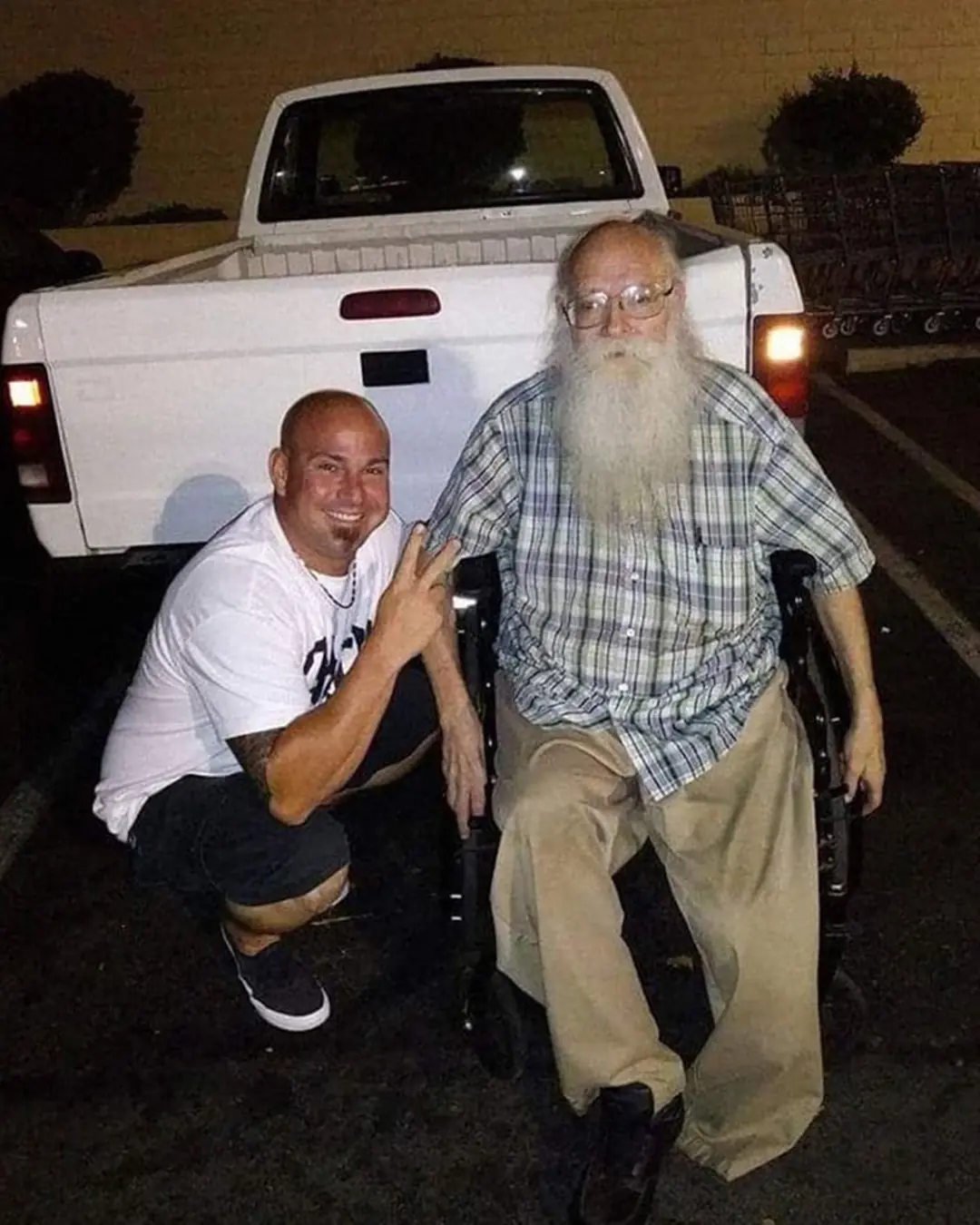
A Ride Home, A Lesson in Humanity.
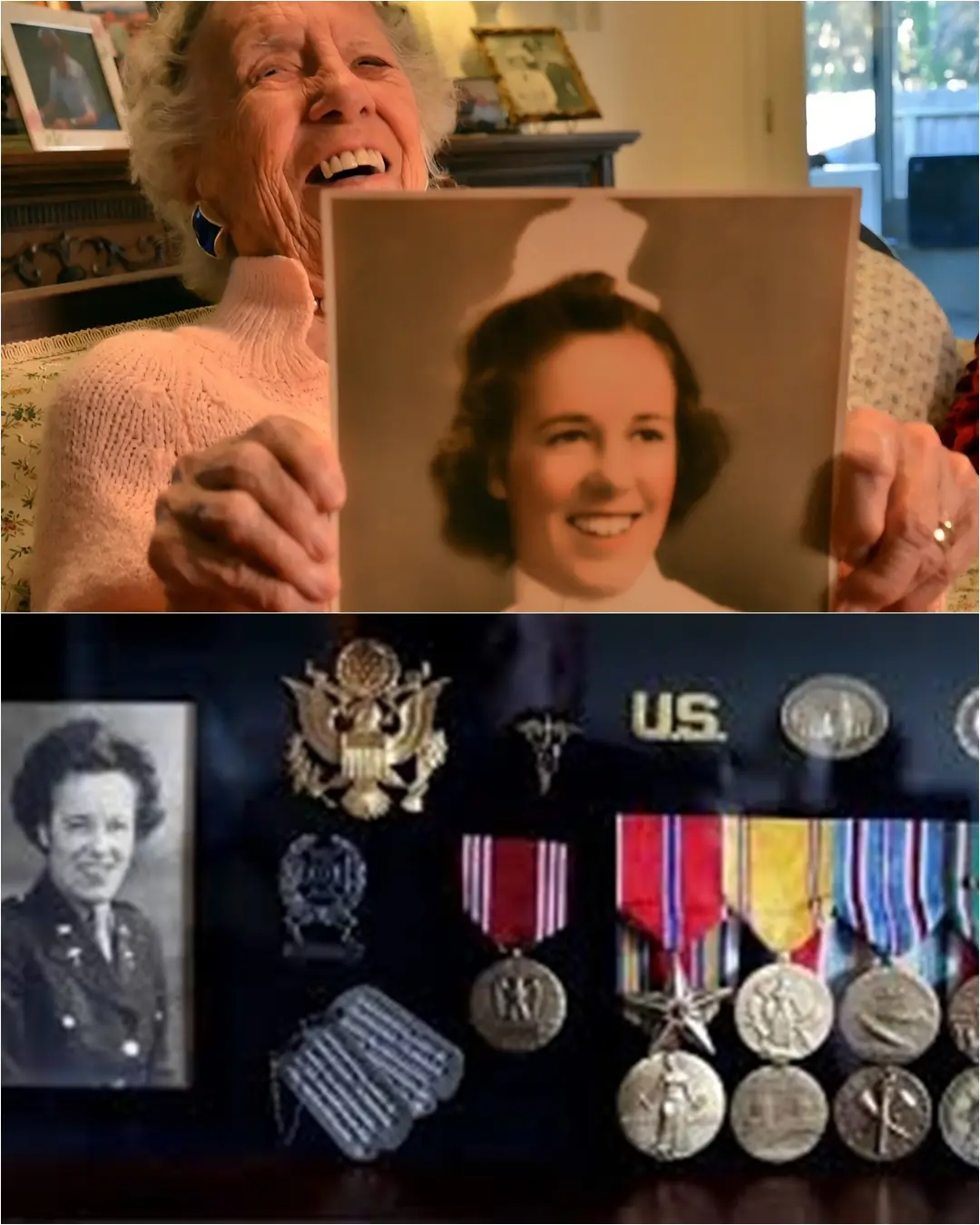
What a Hero: The Unyielding Spirit of Josephine Margaret Pescatore.
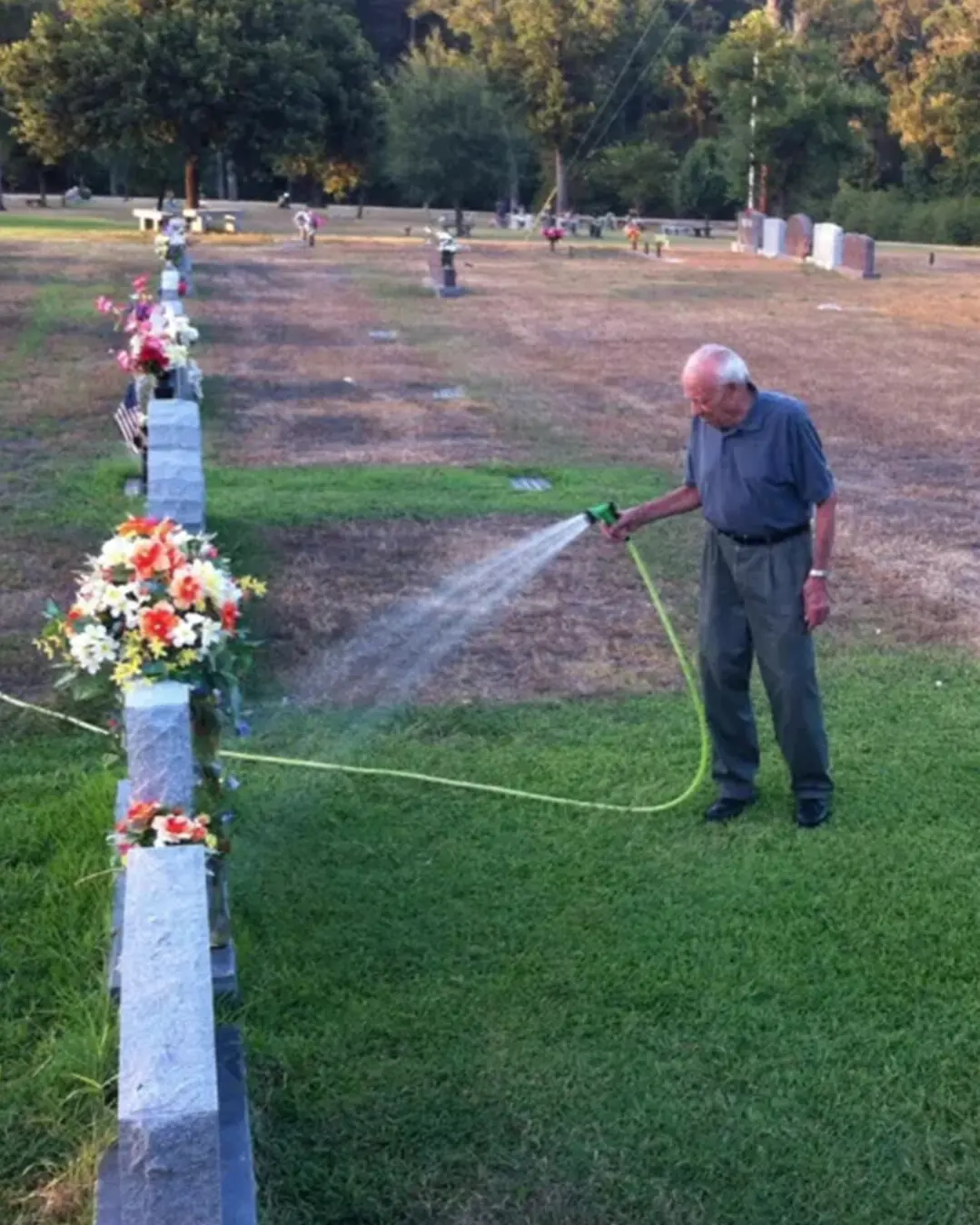
Jake’s Roses of Love and Respect.
